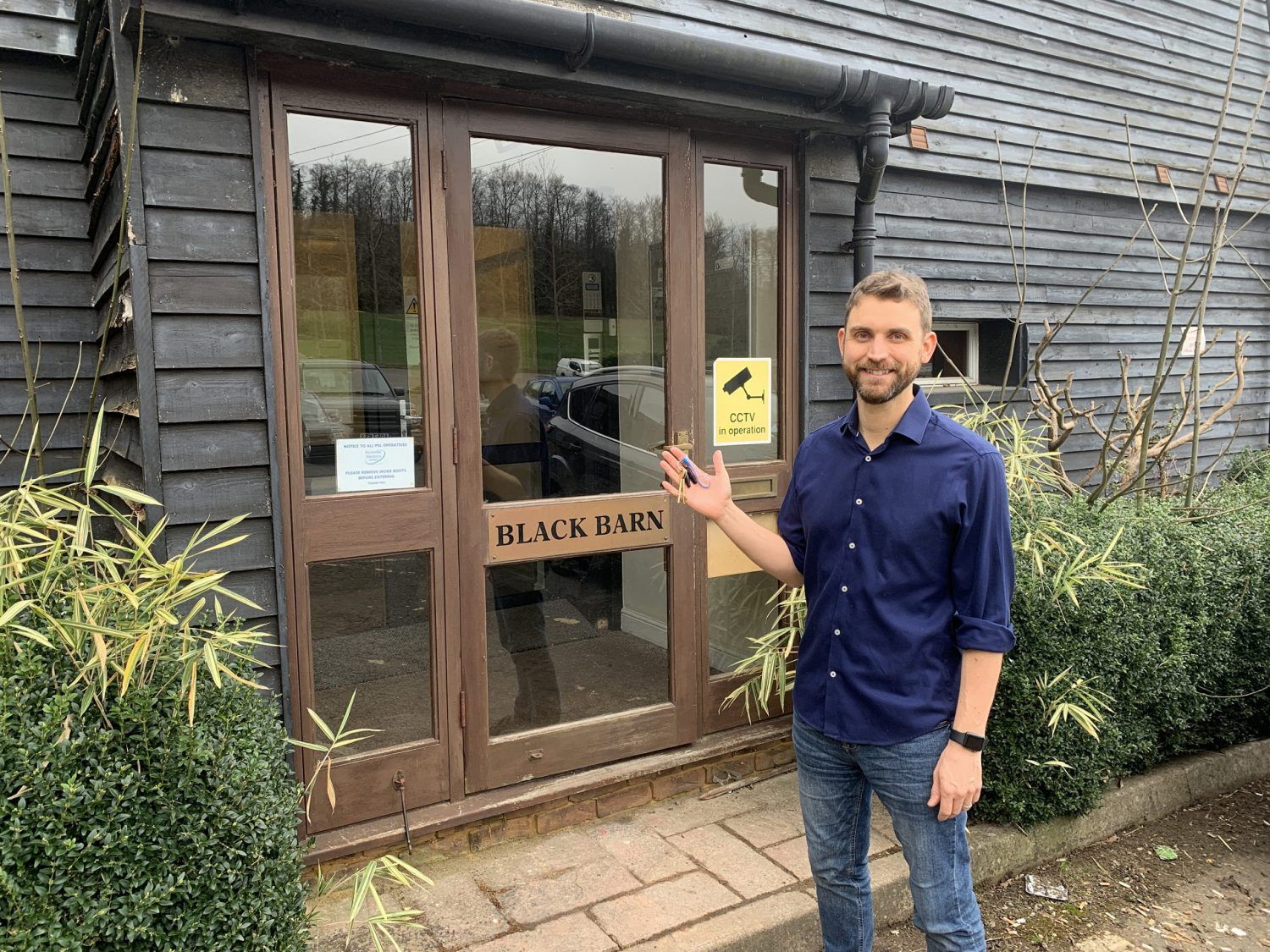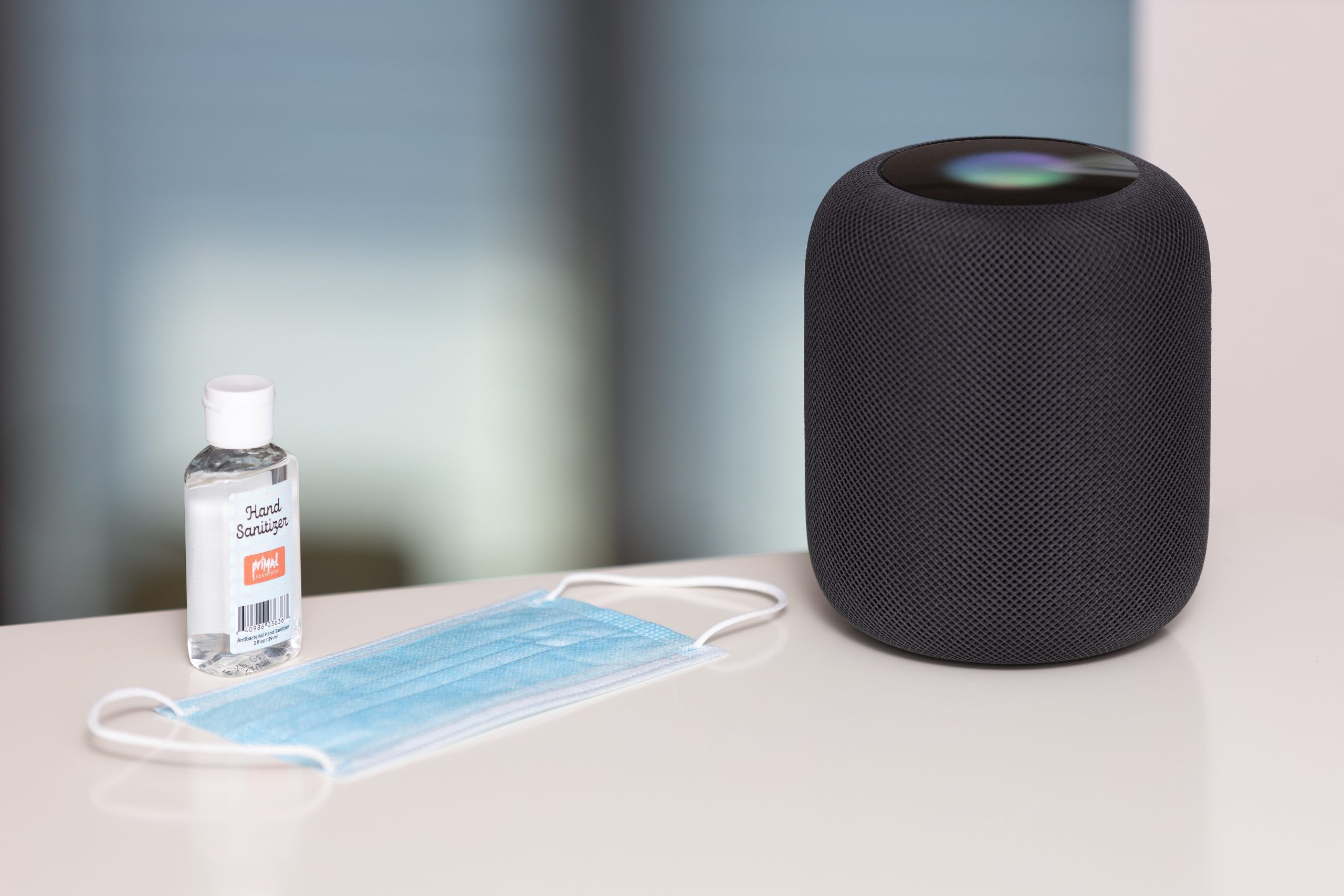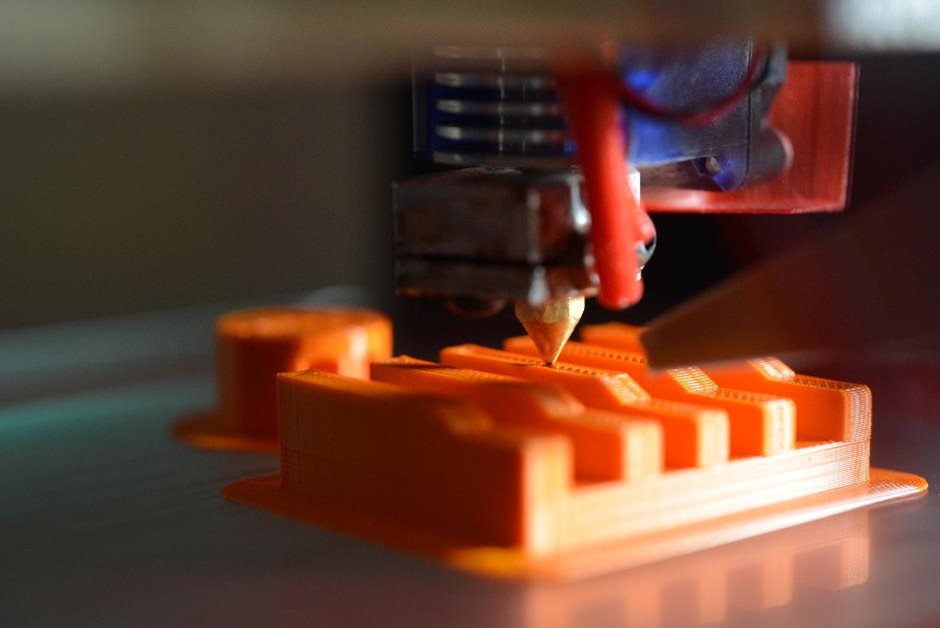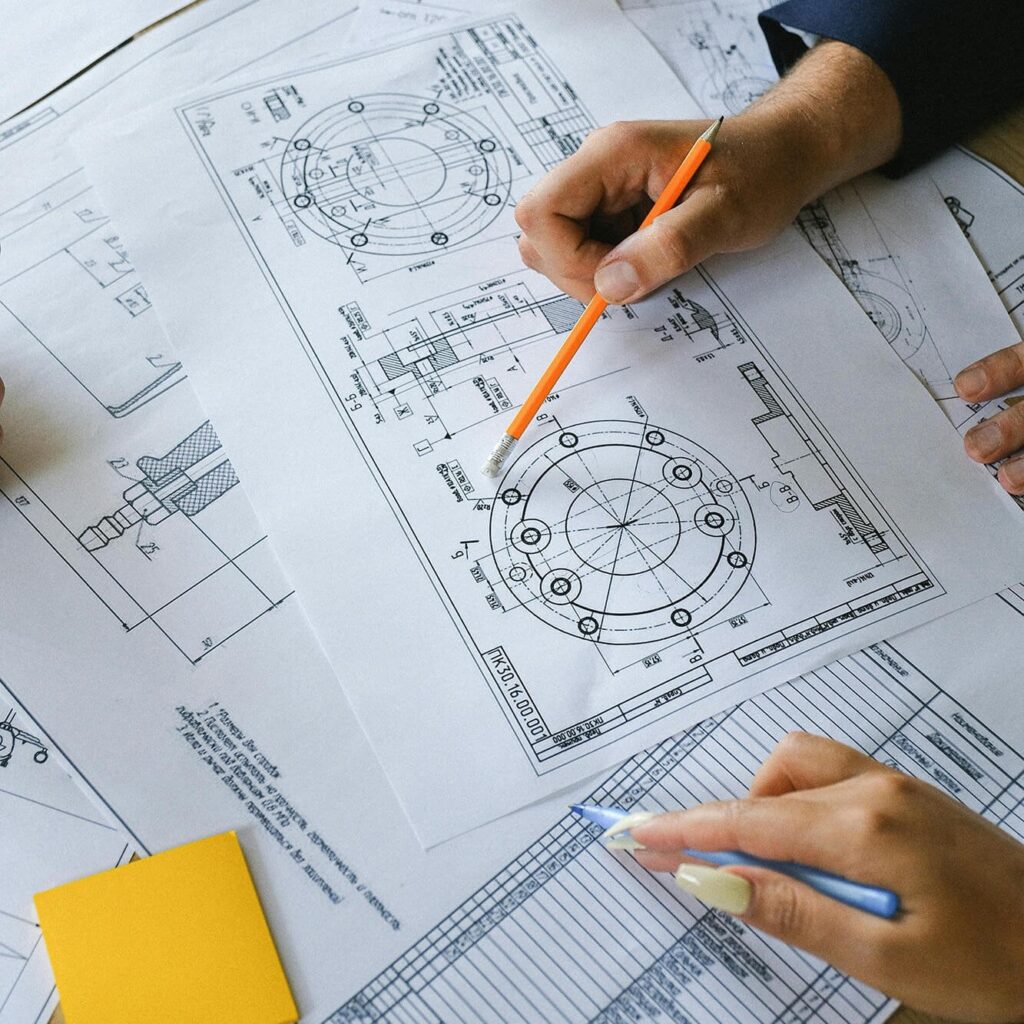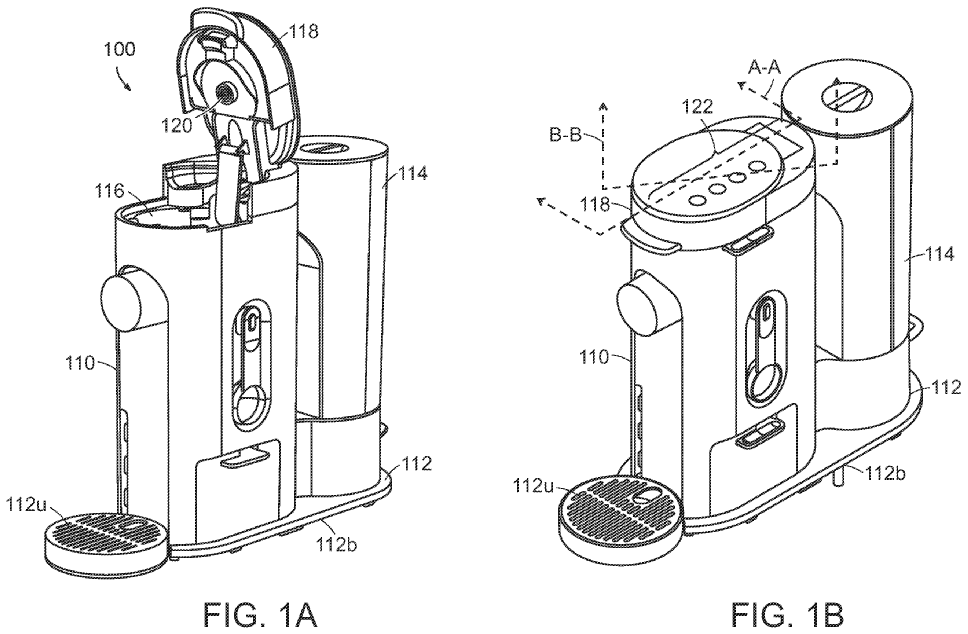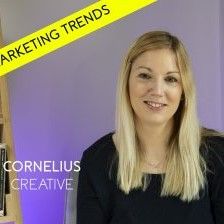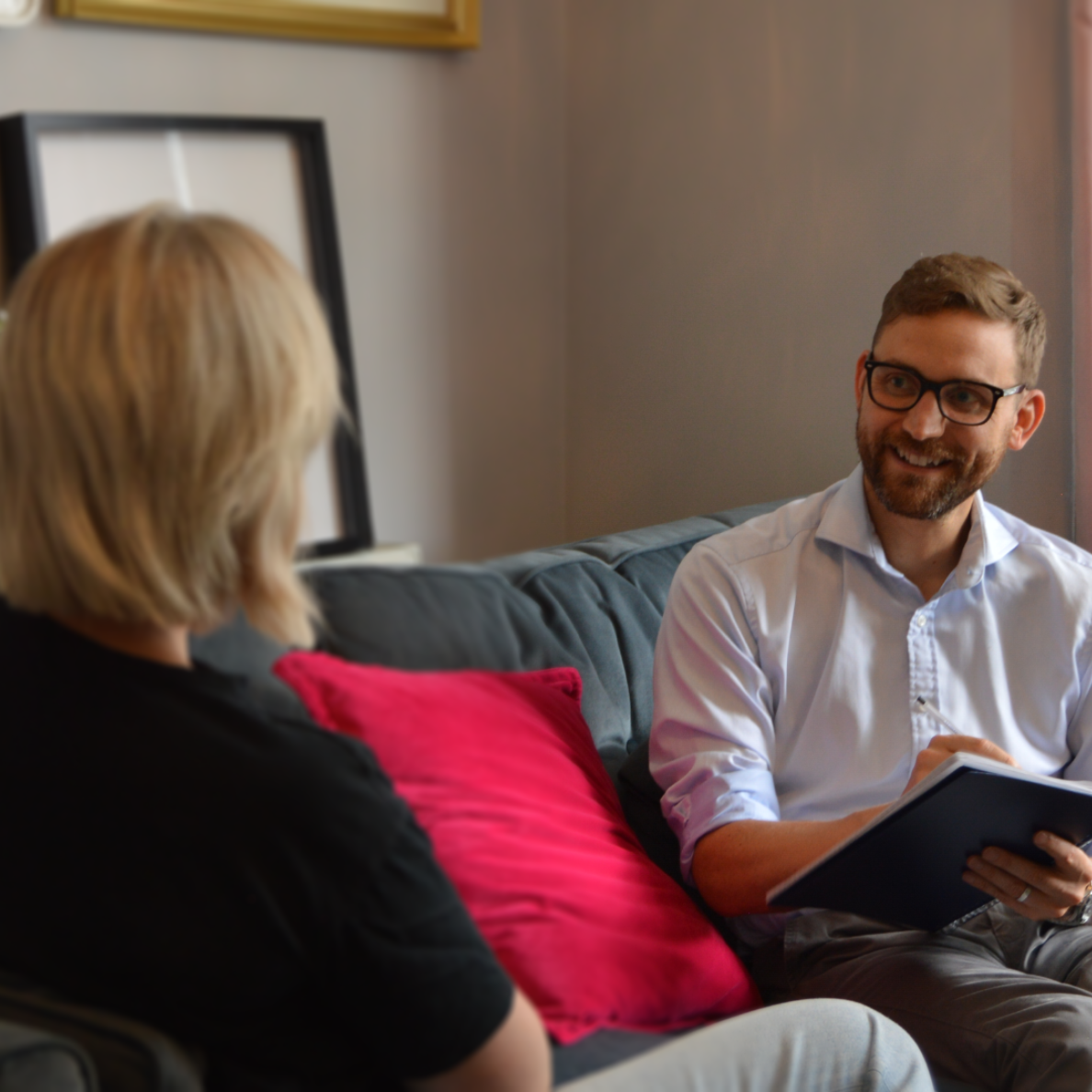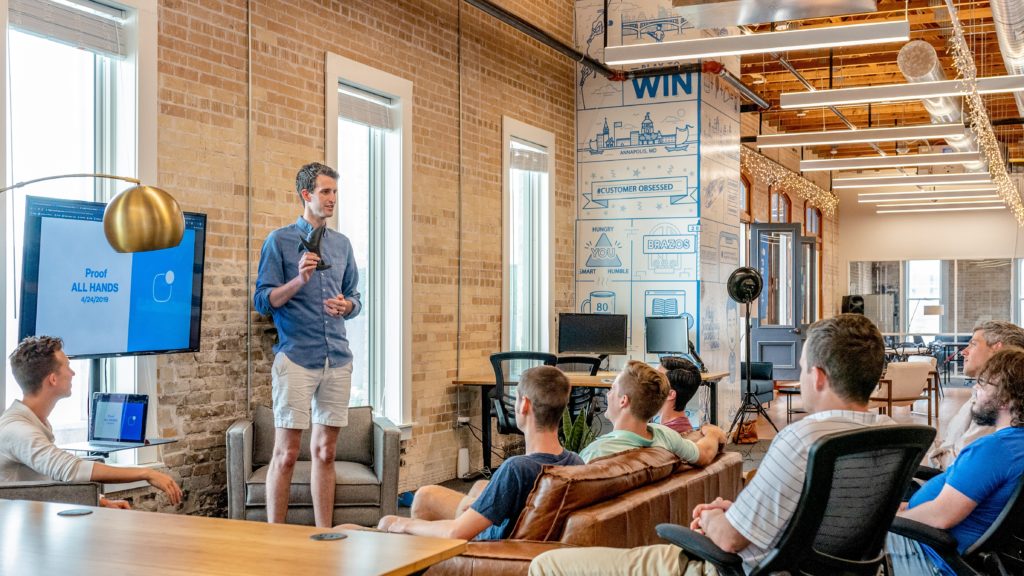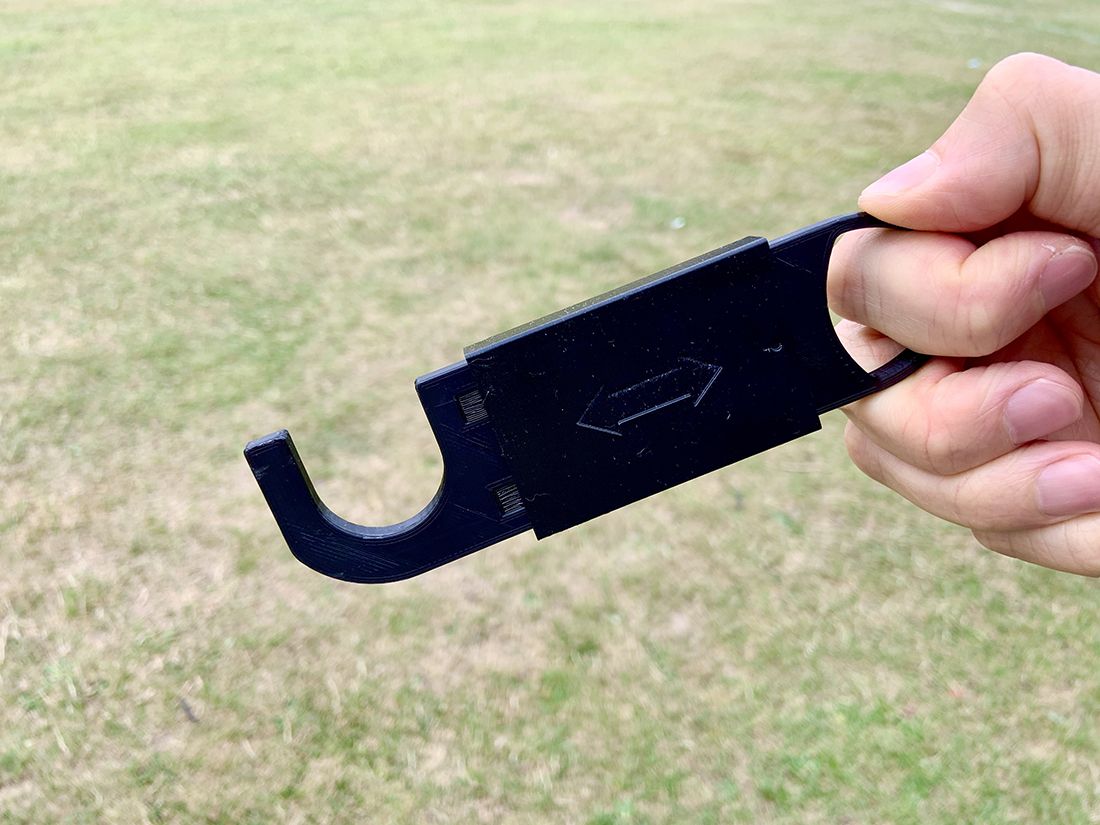Can you believe it’s February? So much has happened this year already; an attempted coup in the US Capitol, a new US president, the Covid vaccine rollout… 2021 has started with a bang and shows no signs of slowing down.
If we think back to this time last year, we had no idea what was in store for us. By February 2020, most of us were starting to become aware of a Coronavirus “issue” in China, although some of us had never heard of Wuhan before – remember that blissful time? We’re unlikely to forget it now.
Any plans that brands had for 2020 quickly went out of the window.
As I explained in my video on post-Covid marketing trends some companies have been able to thrive in the pandemic – they diversified their proposition and were quick to adapt to rapidly changing situations.
But when it comes to product design and development, the process is typically much longer than marketing. Product development cannot be done overnight; the process has many stages that take time. Changes can be made at any point, of course, but they can have huge repercussions on the rest of the development process, and the budget of course.
So, while it looks like 2021 will be similar to 2020 in many ways – it’s unlikely many of us will be travelling much this year, and working from home will continue for lots of us – what product design trends will emerge this year?
The annual Consumer Electronics Show held in Las Vegas every January is a good marker for the type of tech products that’ll be launched that year. In 2021 the conference was held virtually, but there were still plenty of product trends that emerged.
Smart money on Smart products
Smart products have been around for a few years and many homes have at least one, typically a smart speaker or video doorbell. And although we’re used to the term “smart home”, the reality is that most of these products don’t learn our habits, they are simply connected via the internet and are controlled by our devices.
But this will change over the coming years; home products will start to learn our habits and adapt their behaviour using Artificial Intelligence (AI). Some are already doing this, such as the Nest thermostat, but we will see more AI driven technology with products being able to think, learn and make decisions.
These products are already being developed. The Nobi smart lamp has been designed to offer extra care to vulnerable and elderly users – it can detect irregular motions, such as falls, to alert carers. And the Toto wellness concept toilet will analyse waste product and offer personal health recommendations – so in the future both our GP and toilet will be telling us to eat more fibre!
Cleaning up
If the past year has taught us anything it’s how easily germs can spread. The demand for cleaning products has grown considerably, often surpassing supply (remember when hand sanitiser was selling for £120 on Amazon?). And as more workplaces and public spaces reopen, new cleaning and safety measures will be implemented to prevent the spread of the virus. So, it’s likely we’ll see a trend for hygiene and cleaning in new product design.
Take this self-cleaning bedsheet from Nordifakt, for example. Made from 100% organic cotton treated with Polygiene, a silver chloride treatment that acts as a natural disinfectant, the bedsheet breaks down germs, Volatile Organic Compounds and mould to stay clean and smelling fresh with no need for washing. And when you consider that after one week the average bedsheet has 17,442 more bacteria than a toilet seat, a self-cleaning sheet certainly has some appeal.
It’s likely that touch free products will also grow in popularity, Kohler has developed a number of touchless bathroom fixtures including a toilet and tap, and we designed a concept bathroom tap that is both touch-free and has a timer to tell the user when they have washed their hands for the recommended 20 seconds.
Let the good tech roll
It’s a bit of a Marmite development but like it or not, rollable/foldable technology is here. For the most part, the tech has been developed into mobile phones, but it is being rolled out (pardon the pun) to laptops and even space-saving rollable TVs, if you have a spare £63,000 that is.
Foldable phones were debuted at CES 2019, but the technology has been 10 years in the making. The initial launches from Samsung and Motorola have been struck with a few design glitches, but the companies seem determined to make flexible displays the next big thing.
(Anyone remember when curved TVs were the next big thing?)
So, is it just a gimmick or will we all have folding phones in our pockets in five years? (Couldn’t we just go back to flip phones?)
There are some advantages to folding tech; the ability to run multiple apps simultaneously, a more immersive experience when consuming media, and of course the obvious space-saving convenience.
Cornelius Creative Managing Director Simon says: “
“The advent of flexible screen technology removes some of the boundaries of traditional screened devices. For a designer, having the freedom to design a product without the limitations of a fixed sized display screen opens up a whole plethora of new and interesting shapes. The next stage is for spray on or mouldable screen technology, which opens up opportunities to apply screens onto organic forms.”
Meeting personal values
Consumer habits are changing and with this shift is a desire to support products and brands that align with our personal values. The rise of ethical consumption and conscious consumerism is having a direct impact on product design, with more consumers choosing to buy products with no negative consequences on people, planet or animals:
“Carbon offsets are no longer enough; consumers will consider the impact of product disposal when making purchase decisions. Brands will respond with products and processes that reduce and remove more greenhouse gas than their companies emit.”
Mintel 2021 Global Consumer Trends
And it’s not just intent, consumers are staying true to their word. Hotwire reported in 2019 that 47% of internet users had moved away from buying products from brands that violated their personal values, a claim that is also backed up by Harvard Business Review.
“From product, packaging, experience, service and sustainability, designers must strive to meet the demands of the increasingly discerning consumer.”
Design Week, Jan 2021
Manufacturers need to consider sustainability in product development to evolve beyond recyclable packaging to encompass all aspects of design, production and manufacturing, and is respectful of the choice of mindful purchasers. For example, Whole Earth suggests alternative uses for their 1kg peanut butter tub once it’s finished, from storing bird seed to taking bagels to work.
Consumers are also increasingly demanding brands recognise inequalities and injustices around the globe and use their platform to take a stand, whether it’s against exploiting workers or speaking out against systemic racism by supporting the Black Lives Matter movement.
Each year during Pride there are floods of companies that jump on the LGBTQ+ bandwagon; launching rainbow-themed products and changing their logo, but consumers have cottoned on to the lack of substance and are now choosing companies that actually support LGBTQ+ charities through the sale of such products.
So, there you have our top product design trend predictions for 2021. Do you agree? Or do you think other trends will emerge this year? Leave your thoughts below!
We’re looking forward to developing and launching lots of new products this year, if you’re looking for help with product design and marketing, speak to our team today.
Photo credit: Unsplash
